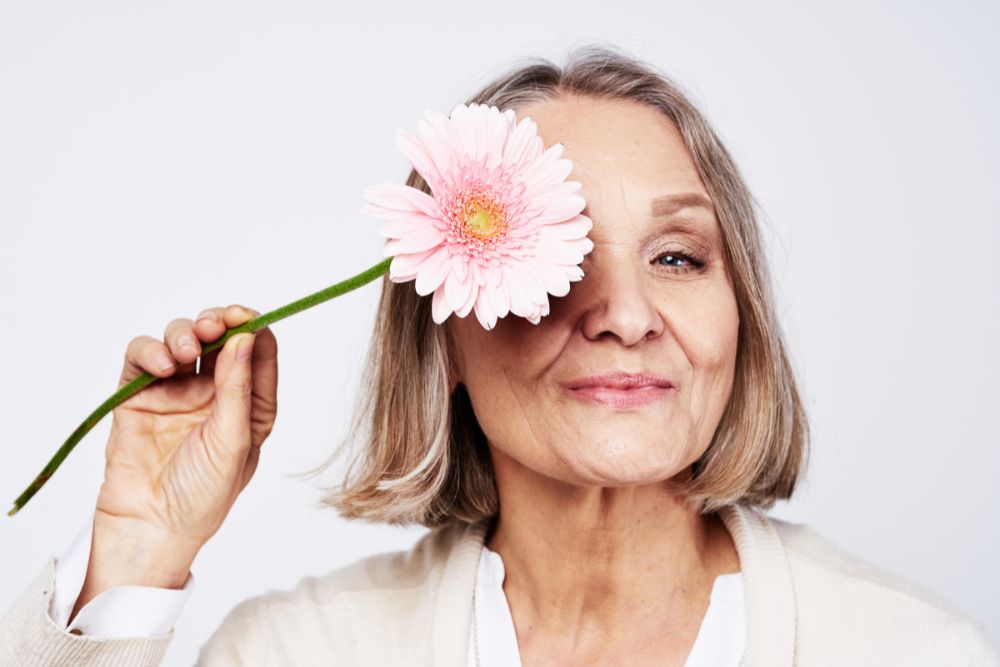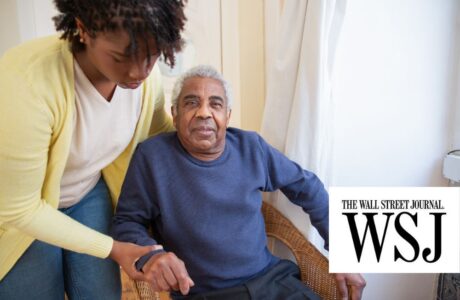
Healthy Aging Starts at Home: Practical Tips for a Longer, Safer Life
Aging doesn’t have to mean giving up independence, comfort, or the joy of everyday life. In fact, with the right support systems, living well at home can be one of the most empowering decisions a person makes as they grow older. Healthy aging is not just about adding years to life, it’s about adding life to those years.
For many families, the idea of remaining at home for as long as possible feels both appealing and daunting. How do you balance safety, medical needs, and the desire for independence? The answer often lies in combining proactive planning with personalized, in-home care.
This guide will walk you through the essential steps for supporting longevity and safety at home, so you or your loved one can thrive in familiar surroundings for as long as possible.
1. Understanding Healthy Aging at Home
Healthy aging isn’t just about avoiding illness; it’s about supporting physical, emotional, and mental well-being in an environment that feels safe and familiar. For many older adults, home is more than a physical space, it’s a source of comfort, stability, and dignity.
The World Health Organization defines healthy aging as “the process of developing and maintaining the functional ability that enables well-being in older age.” This includes the ability to meet basic needs, learn and make decisions, stay mobile, and contribute to society. For those aging at home, this means creating a living environment that actively supports those abilities.
The key? Anticipating needs before they become crises — and knowing when to bring in expert help.
2. The Link Between Independence and Longevity
Studies consistently show that maintaining independence can have a profound impact on overall health outcomes. Seniors who feel a sense of control over their daily lives often experience better mental health, fewer hospital visits, and improved cognitive function.
But independence doesn’t mean doing everything alone. It’s about choosing how life is lived, even when extra support is needed. In-home care services, mobility aids, and safety modifications can extend that independence without sacrificing security.
Think of independence as a partnership between the individual, their loved ones, and care professionals, all working together to create a sustainable, supportive environment.
3. Creating a Safer Living Space
A safe home environment is the foundation of healthy aging. Falls, for example, are the leading cause of injury among older adults, but many can be prevented with simple modifications.
Here are some practical changes to consider:
- Eliminate trip hazards: Remove loose rugs, clutter, and cords from walkways.
- Improve lighting: Add night lights in hallways, bathrooms, and staircases.
- Install grab bars and railings: Especially in bathrooms and along stairs.
- Non-slip surfaces: Use non-slip mats in showers and tubs.
- Accessible storage: Keep everyday items within easy reach to avoid strain.
Safety planning is not about limiting freedom, it’s about creating a space that supports mobility and confidence.
4. The Role of Preventive Healthcare at Home
Preventive care is a cornerstone of healthy aging. By staying ahead of potential health issues, older adults can avoid unnecessary hospital visits and maintain their quality of life.
At-home health monitoring can include:
- Regular check-ins with primary care providers via telehealth or home visits.
- Ongoing medication management to prevent errors or missed doses.
- Routine screenings for vision, hearing, and balance.
- Early intervention when changes in mobility, mood, or cognition appear.
When care providers work closely with patients in their own environment, they can catch small issues before they escalate into major problems.
5. Supporting Cognitive Health and Emotional Well-being
Healthy aging at home isn’t only physical — it’s deeply tied to cognitive and emotional health. Isolation can accelerate cognitive decline, while consistent social interaction and mental stimulation can help preserve memory and thinking skills.
Simple ways to support brain health at home:
- Encourage daily social interaction — with friends, family, or caregivers.
- Incorporate mentally stimulating activities such as puzzles, reading, or learning new skills.
- Create a routine that includes physical activity, as exercise benefits both the brain and body.
- Maintain a balanced diet rich in brain-boosting nutrients.
Emotional well-being also thrives when older adults feel heard, valued, and included in decisions about their care.
6. Nutrition and Physical Activity for Longevity
Aging well requires nourishing the body with the right foods and movement. Poor nutrition and inactivity can increase the risk of chronic illnesses, reduce mobility, and impact mental health.
Practical tips for staying healthy at home:
- Balanced meals: Focus on fresh fruits, vegetables, lean proteins, and whole grains.
- Hydration: Encourage regular water intake throughout the day.
- Adapted exercise: Gentle stretching, walking, chair yoga, or resistance bands can be safe and effective.
- Meal planning support: Use meal delivery services or caregiver assistance to ensure consistency.
When nutrition and physical activity are part of a daily routine, they can dramatically improve overall health outcomes.
7. Leveraging In-Home Care Services
Professional in-home care can be a game-changer for healthy aging. Services can be tailored to the individual’s needs — from a few hours a week of companionship to 24/7 support.
Common in-home care services include:
- Personal care assistance (bathing, dressing, grooming)
- Medication reminders and management
- Light housekeeping and meal preparation
- Transportation to appointments
- Physical therapy and rehabilitation
- Palliative and chronic illness support
The beauty of in-home care is that it adapts as needs evolve, ensuring continuous safety and comfort.
8. Planning Ahead for Peace of Mind
The most successful healthy aging strategies start with a plan — ideally, before a crisis occurs. Advance care planning allows individuals to make decisions while they are still able, reducing stress and uncertainty for family members later.
This can include:
- Choosing a healthcare proxy or power of attorney.
- Discussing preferences for medical care and end-of-life wishes.
- Identifying preferred providers for in-home care or hospice.
- Reviewing legal and financial plans to support long-term needs.
Proactive planning turns uncertainty into confidence — for both the individual and their loved ones.

BONUS TIP # 1: Consider The Holistic Longevity Stack
Healthy aging isn’t just physical, it’s also emotional, spiritual, and energetic. That’s why we offer a blend of east–west therapies designed to support the body, mind, and spirit in aging gracefully at home.
This may include massage for circulation and pain relief, music therapy to lift mood and memory, acupuncture for energy balance, Reiki or energy work for emotional release, guided imagery to foster relaxation, spiritual counseling to navigate life’s bigger questions, and grief support for emotional resilience. By coordinating access and integrating these therapies into your care plan, we ensure that aging in place is not just safe, but deeply nourishing to the whole person.
BONUS TIP # 2 – Leverage Professional Support
You don’t have to manage this journey alone. Whether it’s navigating healthcare systems, coordinating specialists, or ensuring emotional needs are met, our True Palliative Care approach bridges medical, emotional, and spiritual care—without the delays or confusion that often happen in traditional systems.
Your Next Step Toward a Safer, Longer Life
Don’t wait until a fall, illness, or sudden change forces a decision. Schedule a complimentary Connection & Clarity Call with Empowered Endings today. In just 30–45 minutes, you’ll get expert insight into your unique situation, a realistic plan for supporting independence at home, and the reassurance that you’re not navigating this alone.
We only offer a limited number of these calls each week to ensure personalized attention. Book yours now and take the first step toward healthy, confident aging at home.





